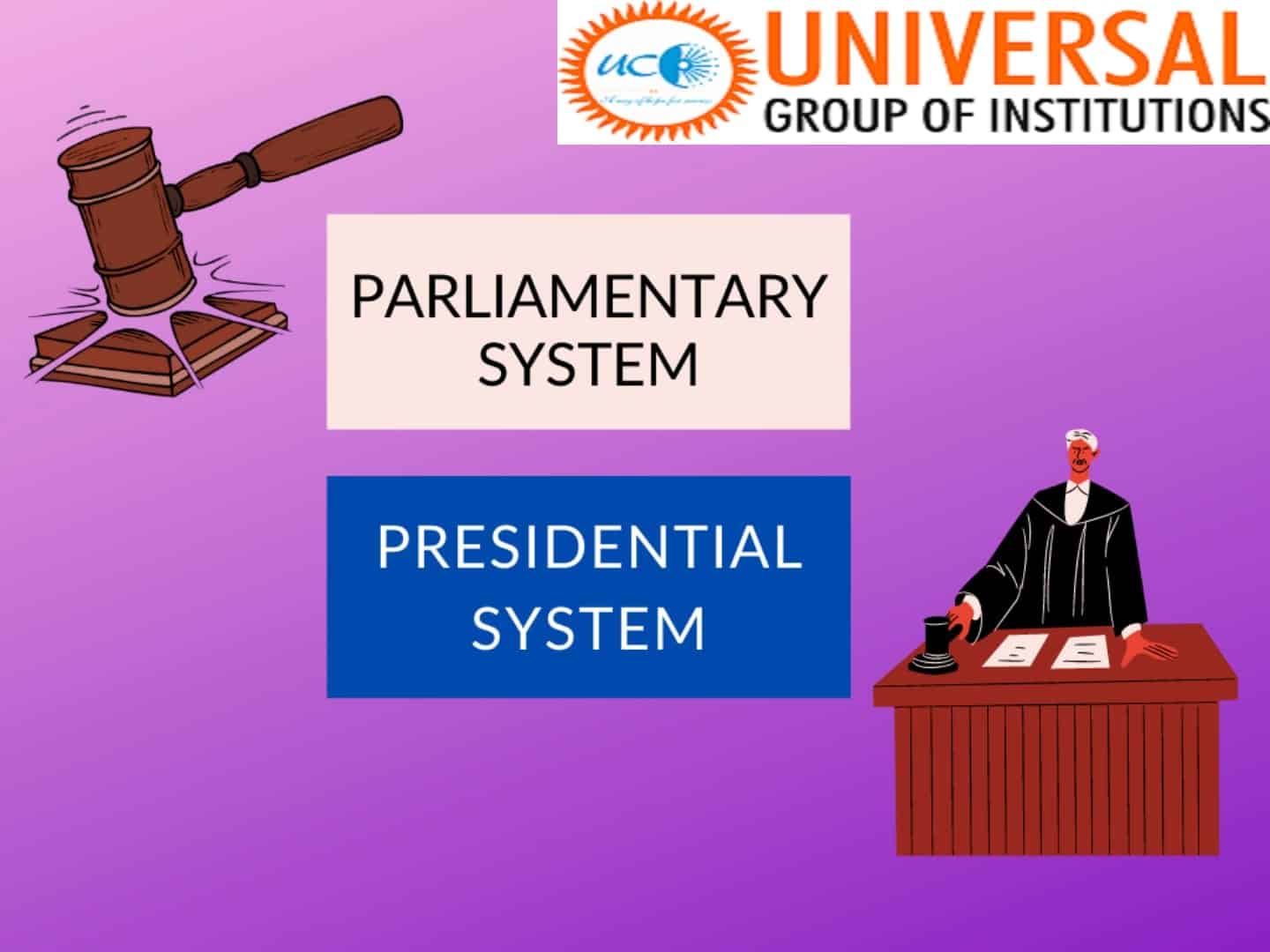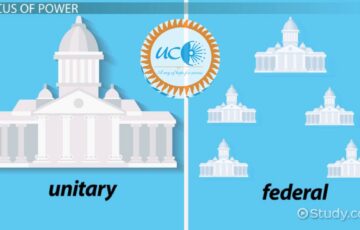Presidential and Parliamentary Systems.
Q. Compare and contrast presidential and parliamentary systems. Do you think it was right on the part of constitutional makers to choose a parliamentary system for India.?
Answer:
India adopted a parliamentary system of Government after independence. The Parliamentary system of government is one in which the executive is responsible to the legislature.
| Presidential | Parliamentary |
| Legislative, executive and judiciary bodies of the government are independent of each other. | Executive is selected out of the legislative parts and the judiciary is independent of the other two bodies of government. |
| The President cannot dissolve the lower house. | The Prime Minister can dissolve the lower house before the expiry of the term. |
| Tenure of the government is fixed | Tenure of the government is not fixed |
| Single executive- the President who acts as the head of State and the head of Government. | Dual executive where the nominal Executive is represented by the head of the State and real executive is represented by the Prime Minister and the Council of Ministers |
| Accountability of the executive to the legislature is minimal. | The executive is accountable to the legislature and has collective responsibility. |
| The President acts as the leader of such a government. | Leader of the majority party(Prime Minister) acts as the leader of the parliamentary form of government. |
| Powers are concentrated on the President itself- autocratic tendency. | Powers are concentrated on the Council of Ministers headed by the Prime Minister. |
The constitutional makers were right in choosing parliamentary system for India because of the following reasons:
- It ensures co-operation and co-ordination between the legislative and executive organs and limits the scope of conflicts between the two.
- The Parliamentary system ensures a better representation of the population and it is well suited for countries with multiple diversity like language, race etc.
- Familiarity with the system as the Parliamentary system of government was in existence during the British India rule.
- It ensures a system of collective responsibility on the executives and create accountability over their actions.
A switchover to the presidential system is not possible under our present constitutional scheme because of the ‘basic structure’ doctrine and it is not desirable as well because such a system will tend to make the government headed by the President as high handed and powerful.
The need of the hour is to comprehensively reform the problems such as the weakened functioning of the Parliament, increased disruptions in the Parliament, underlying in the Parliamentary form of governments.








